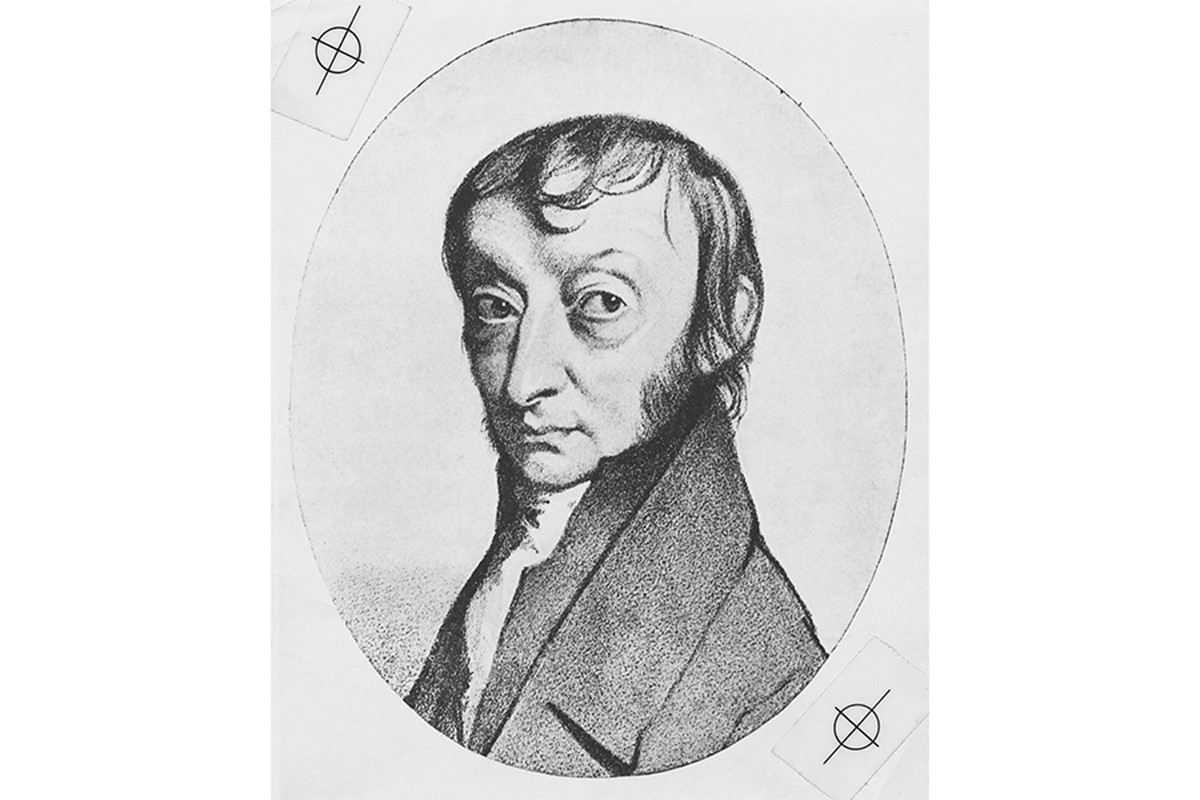
Ever wondered why Avogadro's Number is so important in chemistry? Avogadro's Number, 6.022 x 10^23, is a fundamental constant that helps scientists understand the scale of atoms and molecules. Imagine trying to count the grains of sand on a beach; Avogadro's Number is like that but for atoms! This gigantic number allows chemists to convert between atoms and grams, making it easier to measure and work with substances in the lab. Whether you're mixing chemicals for an experiment or just curious about the building blocks of matter, knowing about Avogadro's Number can give you a deeper appreciation for the tiny particles that make up our world.
What is Avogadro's Number?
Avogadro's number is a fundamental constant in chemistry and physics. It represents the number of atoms, ions, or molecules in one mole of a substance. This constant helps scientists understand the scale of atoms and molecules in a tangible way.
-
Avogadro's number is approximately 6.022 x 10^23. This means there are about 602,200,000,000,000,000,000,000 particles in one mole of any substance.
-
Named after Amedeo Avogadro. The Italian scientist Amedeo Avogadro proposed the concept in 1811, which later led to the determination of this constant.
-
Essential for stoichiometry. It allows chemists to convert between atoms/molecules and grams, making chemical equations and reactions easier to balance and understand.
Historical Significance
Understanding the history behind Avogadro's number provides insight into its importance in scientific development.
-
First proposed in 1811. Amedeo Avogadro suggested that equal volumes of gases, at the same temperature and pressure, contain an equal number of molecules.
-
Jean Perrin's experiments. In the early 20th century, French physicist Jean Perrin conducted experiments that helped determine Avogadro's number more accurately.
-
Nobel Prize in Physics. Jean Perrin received the Nobel Prize in 1926 for his work on Avogadro's number and molecular reality.
Applications in Chemistry
Avogadro's number is crucial for various chemical calculations and applications.
-
Molar mass calculations. It helps determine the molar mass of elements and compounds, which is essential for stoichiometric calculations.
-
Gas laws. Avogadro's number is integral to understanding and applying the ideal gas law (PV=nRT).
-
Chemical reactions. It allows chemists to predict the amounts of reactants and products in a given reaction.
Applications in Physics
Beyond chemistry, Avogadro's number plays a significant role in physics.
-
Boltzmann constant. It relates the Boltzmann constant to the gas constant, bridging the gap between macroscopic and microscopic physics.
-
Planck's constant. Avogadro's number helps define Planck's constant, which is fundamental in quantum mechanics.
-
Avogadro's constant in electromagnetism. It aids in calculating the Faraday constant, which is crucial for understanding electrochemical reactions.
Everyday Examples
Avogadro's number might seem abstract, but it has practical implications in daily life.
-
Water molecules in a glass. A typical glass of water contains more than 10^25 water molecules, illustrating the vast number of particles in everyday objects.
-
Carbon atoms in a pencil. The graphite in a standard pencil contains around 10^22 carbon atoms, showing how Avogadro's number applies to common items.
-
Breath of air. Each breath you take contains roughly 10^22 molecules, highlighting the immense scale of molecular quantities.
Fun Facts
Here are some interesting tidbits about Avogadro's number that might surprise you.
-
Avogadro's number in a mole of marshmallows. If you had a mole of marshmallows, they would cover the Earth in a layer several miles thick.
-
Distance analogy. If you lined up Avogadro's number of marbles, they would stretch from the Earth to the Sun and back about 600 million times.
-
Avogadro's number in a mole of pennies. A mole of pennies would cover the Earth's surface to a depth of over 300 kilometers.
Calculating Avogadro's Number
Various methods have been used to determine Avogadro's number with high precision.
-
X-ray crystallography. This technique measures the spacing between atoms in a crystal, helping to calculate Avogadro's number.
-
Electron charge method. By measuring the charge of a single electron and the total charge in a mole of electrons, scientists can determine Avogadro's number.
-
Brownian motion. Observing the random motion of particles suspended in a fluid has also been used to estimate Avogadro's number.
Importance in Modern Science
Avogadro's number continues to be a cornerstone in scientific research and education.
-
Standardizing measurements. It helps standardize measurements in chemistry and physics, ensuring consistency across scientific disciplines.
-
Defining the mole. The mole, one of the seven base SI units, is defined using Avogadro's number.
-
Nanotechnology. Understanding molecular quantities is crucial for advancements in nanotechnology and material science.
Avogadro's Number in Education
Teaching Avogadro's number is fundamental in science education.
-
High school chemistry. Students learn about Avogadro's number early in their chemistry education to grasp the concept of moles and molecular quantities.
-
University courses. Advanced chemistry and physics courses delve deeper into the applications and significance of Avogadro's number.
-
Educational tools. Various models and simulations help students visualize and understand the vastness of Avogadro's number.
Interesting Comparisons
Comparing Avogadro's number to other large quantities can help put its magnitude into perspective.
-
Stars in the Milky Way. There are about 100 billion stars in our galaxy, a tiny fraction compared to Avogadro's number.
-
Grains of sand on Earth. Estimates suggest there are around 7.5 x 10^18 grains of sand on Earth, still far fewer than Avogadro's number.
-
Seconds since the Big Bang. The universe is about 13.8 billion years old, equivalent to roughly 4.35 x 10^17 seconds, much less than Avogadro's number.
Avogadro's Number in Pop Culture
Even pop culture has found ways to reference this enormous constant.
-
TV shows and movies. Shows like "Breaking Bad" and movies like "The Martian" have mentioned Avogadro's number, bringing it into mainstream awareness.
-
Books and literature. Various science fiction and educational books reference Avogadro's number to illustrate the scale of the microscopic world.
The Magic of Avogadro's Number
Avogadro's number, 6.022 x 10^23, is a cornerstone in chemistry. It helps us understand the scale of atoms and molecules, making sense of the microscopic world. This constant bridges the gap between the atomic and macroscopic realms, allowing chemists to count particles in a given substance. Without it, calculating molecular masses or reacting quantities would be nearly impossible.
Understanding Avogadro's number also highlights the vastness of the atomic world. Imagine, one mole of any substance contains more particles than there are stars in the observable universe! This fact alone underscores its importance in scientific studies.
In essence, Avogadro's number isn't just a figure; it's a gateway to comprehending the fundamental nature of matter. Whether you're a student, a scientist, or just curious, appreciating this number deepens your grasp of the universe's building blocks.
Was this page helpful?
Our commitment to delivering trustworthy and engaging content is at the heart of what we do. Each fact on our site is contributed by real users like you, bringing a wealth of diverse insights and information. To ensure the highest standards of accuracy and reliability, our dedicated editors meticulously review each submission. This process guarantees that the facts we share are not only fascinating but also credible. Trust in our commitment to quality and authenticity as you explore and learn with us.


